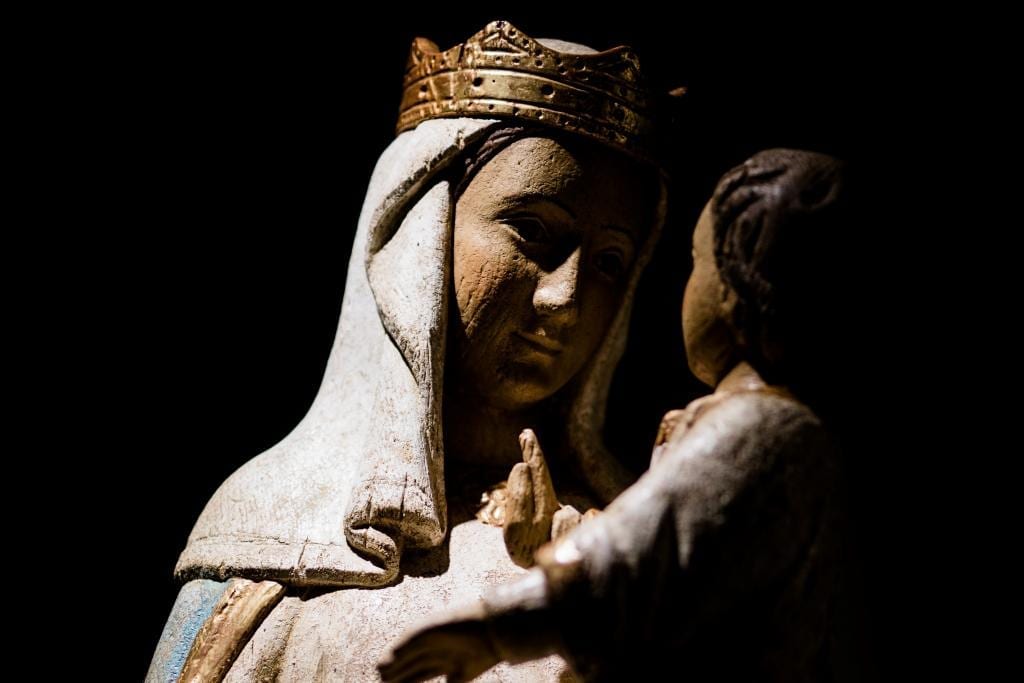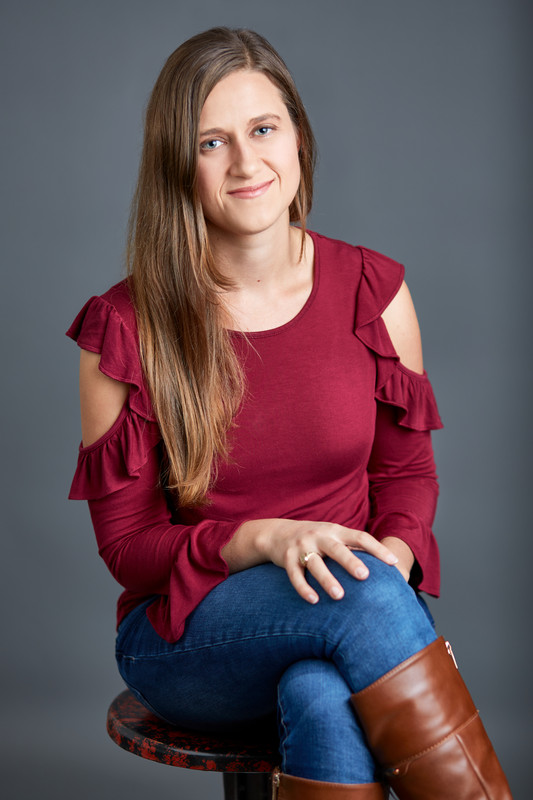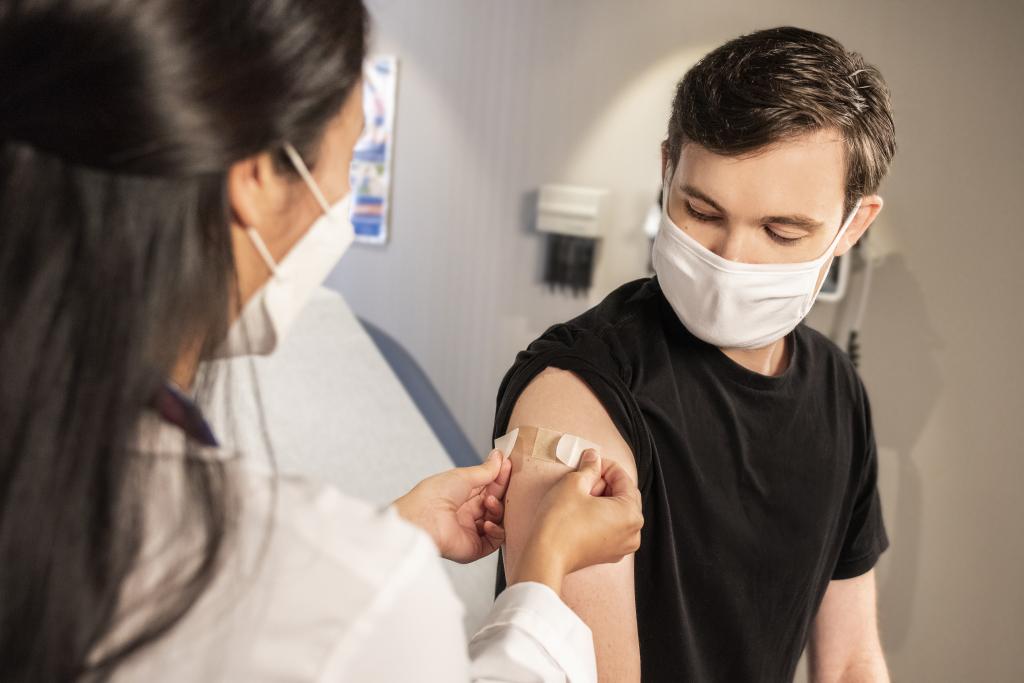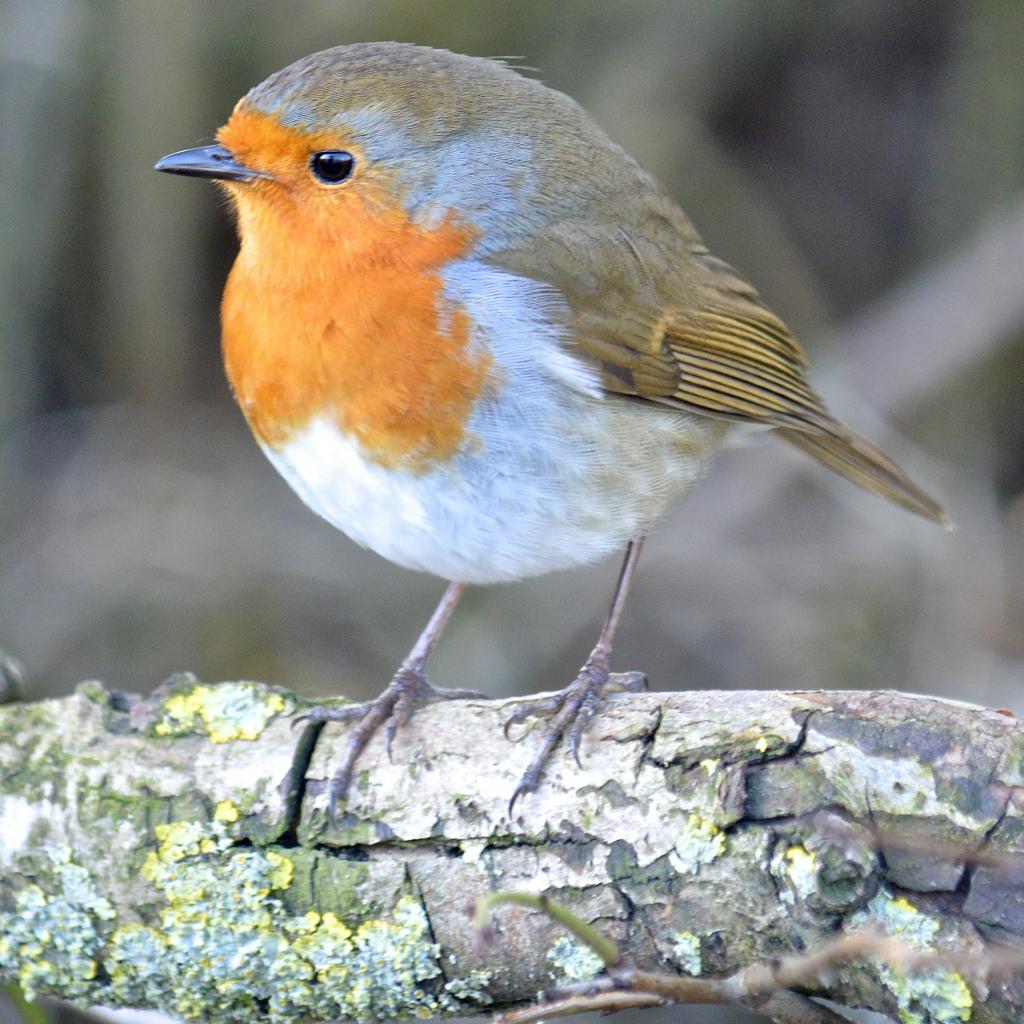
Like the phase of the moon – or my menstrual cycle – the debate surrounding Mary’s labor pain has made it’s monthly reappearance. There is a strong contingent of Catholics who think Mary did not experience any pain during Jesus’ birth. St. Augustine and St. Aquinas agreed. As do the authors of nine out of ten articles that appear on page 1 of a Google search on the topic. Interestingly, eight of these nine authors are men. The only dissenting voice was a woman. Why does this matter?
As lovely at the image of a calm, peaceful, and pain-free Virgin Mother might be, the teaching is rooted in misogyny, a disgust for the natural power of a woman’s body, and a creepy fixation on Our Lady’s internal anatomy.
Labor Pain Has Nothing to Do With Original Sin
The basis of Augustine’s argument has to do with original sin. Catholics believe that Mary was conceived without original sin. In Genesis 3:16 reads:
I will greatly multiply your pain in childbearing; in pain you shall bring forth children.
According to this, it is the sinfulness of humankind, or really womankind, that created labor pains. Genesis also says that women were created from the ribs of men and that we exist for the sole purpose of male companionship. Oh, and that we sinned first, naturally. The idea that labor pain is a sort of extra-special female-only punishment sin is nothing but ancient misogyny. Our bodies are not living vessels of divine punishment. Birth and menstruation are not dirty. They are just how God made us: Good and in His image.
I will ceed one possibility: all pain, all suffering, is a result of original sin. Insofar as that is the case, pain in labor is too. But we know that Mary did in fact experience pain. Mary experienced hunger, thirst, and exhaustion. She endured the ultimate in human suffering, second only to her Divine Son, as she watched Him die on the cross. She bore all this, despite being free from original sin. Labor pain is not in a category of it’s own, so there’s no reason to assume she’d be exempt from that.
Virginity Has Nothing to Do With the Hymen
I can’t believe I have to write this. Honestly, it is a violation of the dignity of our Blessed Mother that this is even being discussed. But I am compelled to speak up in her defense. Virginity is not a physical state. Just as nothing changes physically for a man when he loses his virginity, nothing changes physically for a woman. The hymen, a tiny internal flap of skin, can rip any number of ways that have nothing to do with sex. The hymen was historically used as a means of checking on a woman’s virginity. These sort of checks have always been tools of oppression and physical humiliation.
Stop theorizing about how vaginal birth would impact Mary’s hymen. Stop sexually harassing the Mother of God.
Human Mother, Queen of Heaven
Woman are not fragile paper dolls or peaceful cherubs. Women love and lose and hurt and yes, we feel physical pain. Consider my absolute favorite verse from the Book of Revelation, which Catholics have long understood to represent both the Church and Mary, Queen of Heaven.
And a great portent appeared in heaven, a woman clothed with the sun, with the moon under her feet, and on her head a crown of twelve stars; she was with child and she cried out in her pangs of birth, in anguish for delivery.
Mary was a flesh-and-blood woman, like us in all ways except sin. Like me in all ways except sin. Her body was strong and complicated like mine. It bled like mine and ached like mine. Someday, when I give birth, Mother Mary will be there, holding my hand through the pain that she knows so well.
After all, that’s what mothers do for their daughters.












